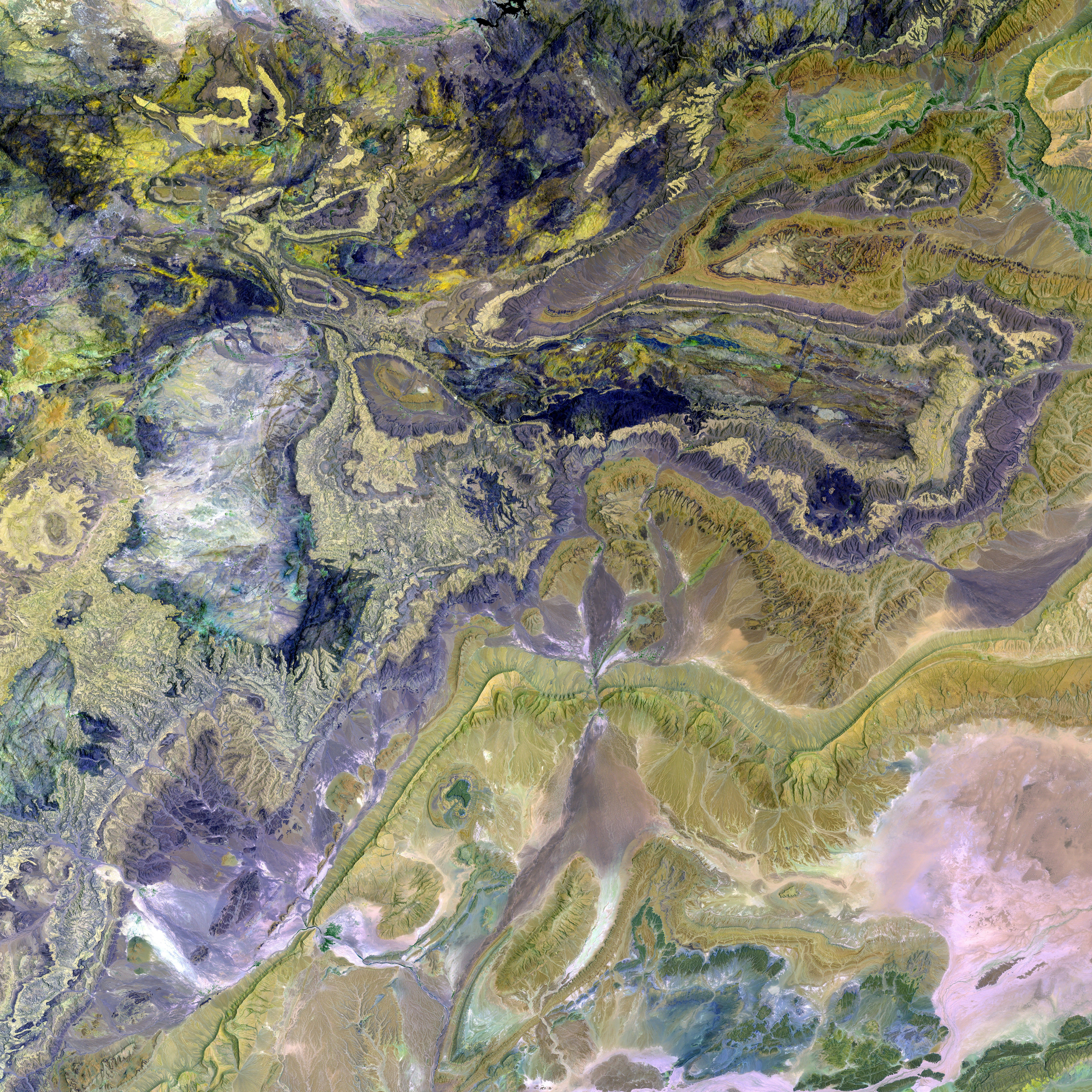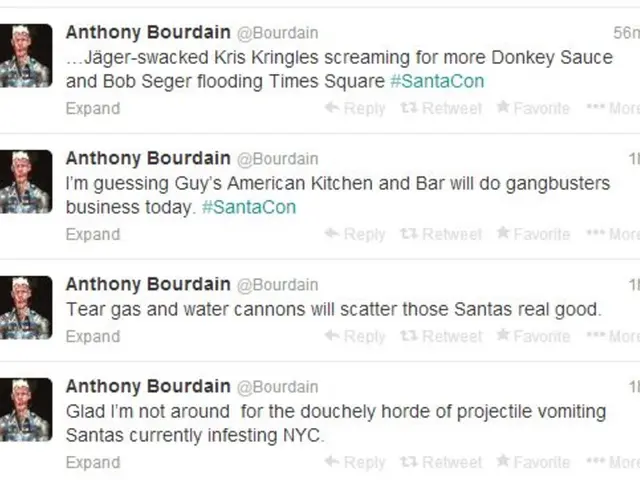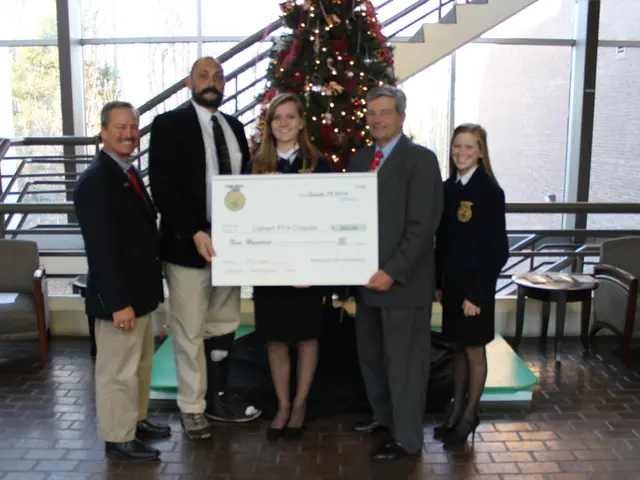Enhanced Infrastructure Funding Fosters Growth in Bàu Cá Cái Tourism Sector
Bau Cá Cái Impacts Climate Change While Boosting Local Economy Through Tourism Development
Quang Nam, Vietnam - The coastal tourist destination of Bau Cá Cái, renowned for its lush mangrove forest, has become a significant barrier against climate change, with over 100 hectares of the forest restored. In response to the growing importance of tourism in the region, authorities are addressing funding challenges by empowering local residents.
Located in Thuan Phuoc Village, Binh Thuan Commune, Binh Son District, approximately 40km from Quang Nam City, Bau Cá Cái primarily relies on fishing and farming. However, as the area grapples with the impacts of climate change, particularly the decline of coc Trang plants exacerbating seawater erosion and affecting the local ecosystem, the community is turning to tourism for economic diversification.
To address the infrastructure and service funding shortfall, the local government is proactively aiding residents in accessing modest capital. This increases the potential of Bau Cá Cái as a tourist destination and promotes sustainable development. The central region of the destination has begun to recover thanks to a coastal forest restoration program, providing a crucial resource.
Authorities of Binh Son District have approved a development plan under the new rural tourism program, with a total budget of nearly VND1.9 billion (US$73,300). State funding accounts for VND1.5 billion (US$57,800), while the remainder comes through community contributions. This funding enables residents to upgrade homestay facilities, making visitors' experiences more comfortable.
Local residents, such as Pham Tuan and Pham Duy Nghiep, have used the funds to improve their homes and tourism offerings, ensuring that Bau Cá Cái provides a warm welcome for tourists. Overall, 20 households in the tourism cooperative have been supported through infrastructure development projects, including enhanced signage, parking facilities, and landscaping.
In addition to the improvements in infrastructure and funding, the department has also focused on mangrove forest conservation, ensuring that environmental protection and restoration goals are met. As tourism infrastructure improves, a community house now serves as a hub for cultural and social activities and operates as an information centre, introducing tourists to unique local experiences.
Experiential activities at Bàu Cá Cái tourist destination are increasingly focused on and invested in systematically. - Photo baoquangngai.vn
With a clear strategy in place, investments in infrastructure continuing, and environmental sustainability prioritized, Bau Cá Cái is well-positioned to become a model for community-based, sustainable tourism development. The growth and impact are evident, with visitor numbers increasing significantly, highlighting the positive return on investments made in the area.
- The local government is aiding residents in accessing capital to upgrade facilities at Bau Cá Cái, enhancing its potential as a tourist destination.
- Pham Tuan and Pham Duy Nghiep, among other locals, have utilized the provided funds to improve their homes and tourism offerings, ensuring a warm welcome for tourists.
- The central region of Bau Cá Cái has begun to recover, in part due to a coastal forest restoration program, providing a crucial resource for the area.
- The development plan, approved by the authorities of Binh Son District, includes investments in tourist infrastructure, such as enhanced signage, parking facilities, and landscaping.
- As tourism infrastructure improves, a community house now serves as a hub for cultural and social activities, operating as an information center to introduce tourists to unique local experiences.
- With investments in infrastructure continuing, environmental sustainability prioritized, and a clear strategy in place, Bau Cá Cái is on its way to becoming a model for community-based, sustainable tourism development.




